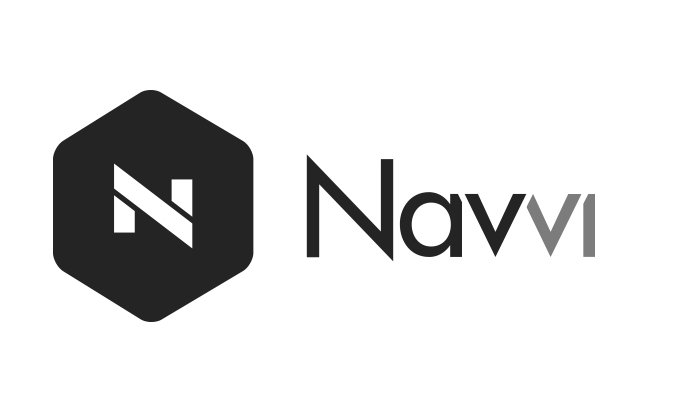The battle against Ebola rages on in parts of West Africa, and the world remains transfixed by the deadly virus. Yet with all the attention focused on Ebola, more common — and preventable — diseases such as sepsis and diarrhea, which are often caused by lack of access to potable water, continue to destroy lives by the thousands around the world. Those who are hit the hardest? Pregnant women and children. According to the World Health Organization, diarrhea kills 760,000 children under the age of five each year globally. A recent article in The Telegraph highlights how the shortage of clean water in Tanzania has forced clinics to make use of contaminated water dug up from riverbeds. When, for example, Aisha Mkude went into labor with her fourth child, her first son, relatives had to bring water in cans to the clinic. The water was used to wash Aisha and her newborn, plus her clothes and the bedsheets. Her baby died just one week later from an umbilical cord infection, most likely contracted from the contaminated water. This is just one case of many:. It’s reported that a mere 44% of delivery facilities in Tanzania have access to clean water. As the article states, for every 1,000 children born in Tanzania, 21 die in the first month of life, or 39,000 per year. Most of these deaths can be attributed to sepsis, diarrhea, and infection.
“Not all of the sick have Ebola,” says Dr. Fallah, “It’s a complex paradox. On the one hand, you’re trying to stay alive in an epidemic. On the other hand, my fear is that we’re going to see a great increase in deaths from common, preventable diseases.”
Dr. Fallah, who studied public health and epidemiology at Harvard, grew up in West Point, a township of Monrovia, the capital of Liberia. West Point is home to 75,000 people. But there are four public toilets. People are forced to defecate on the beach.
This is a lesson for all of us. For every dollar we invest in water and sanitation, we save $4.3 in healthcare costs. According to Dr. Fallah, the Ebola epidemic could have been extinguished months ago if we had focused resources on preventing the spread of the disease. “Not until an American doctor became infected—not until it became an international threat—did they mount an effective response,” he says. “If we had invested one-tenth of what we’re investing now back in July, when there were just a few hundred cases, this epidemic could have been stopped.”
The people of West Point, along with 2.5 billion other people around the world, don’t have access to basic sanitation. Ebola is not the only disease prone to explosive outbreak. More than 3.4 million people die each year from contaminated water and hygiene-related complications.
How do we stop waterborne illness and deadly epidemics such as Ebola? Part of the answer lies in communication and tracing the sources of disease. Dr. Fallah is working with the CDC to collect data and GPS information to map the travel and transmission of disease. Hot spots are constantly moving, and doctors need to be able to locate those hot spots and determine what those people need in real time. As for Ebola, Dr. Fallah has hope: , “If we can find 100 percent of the contacts, we can break the transmission.”
To read more about Dr. Fallah, check out this article from the Harvard School of Public Health.


















